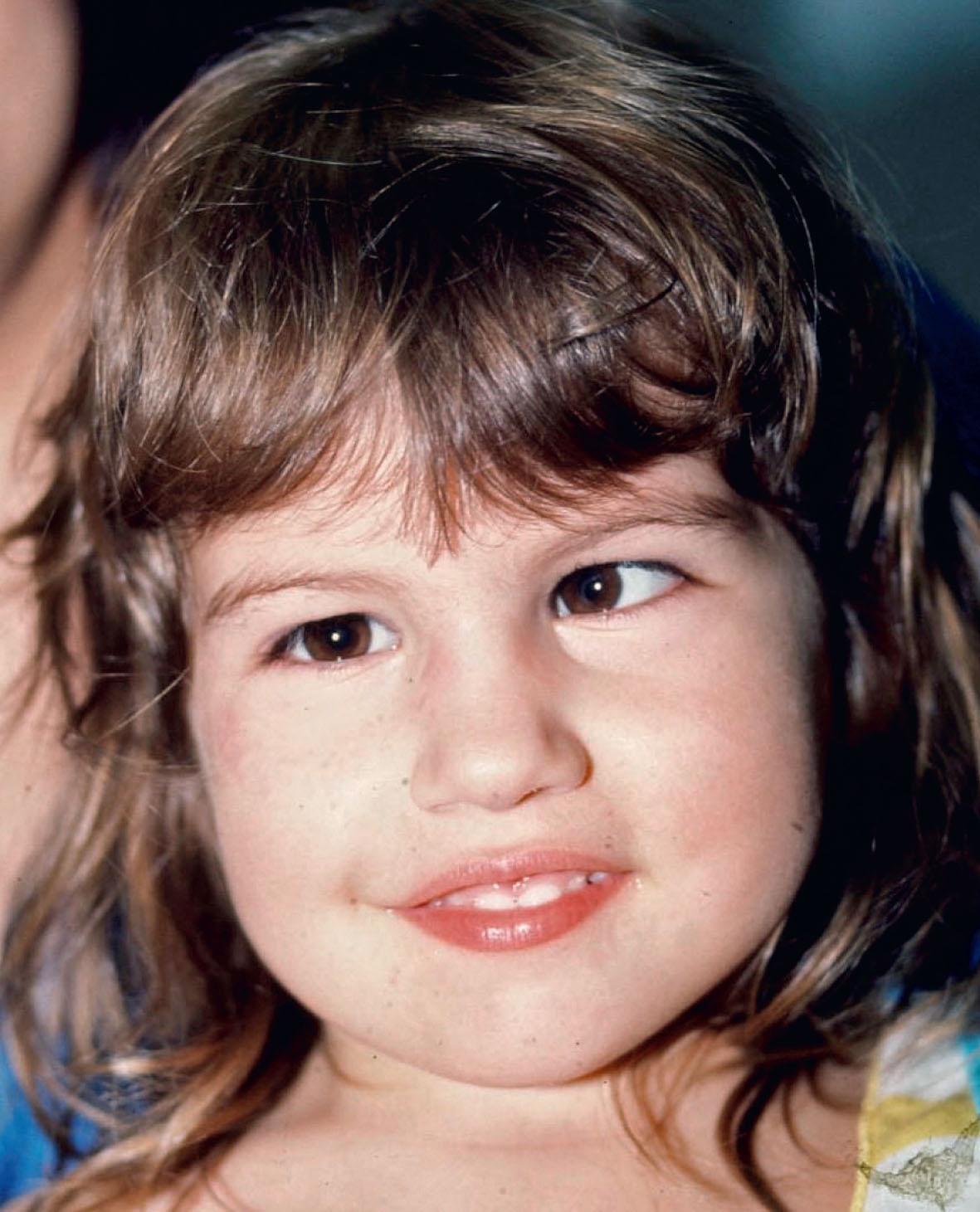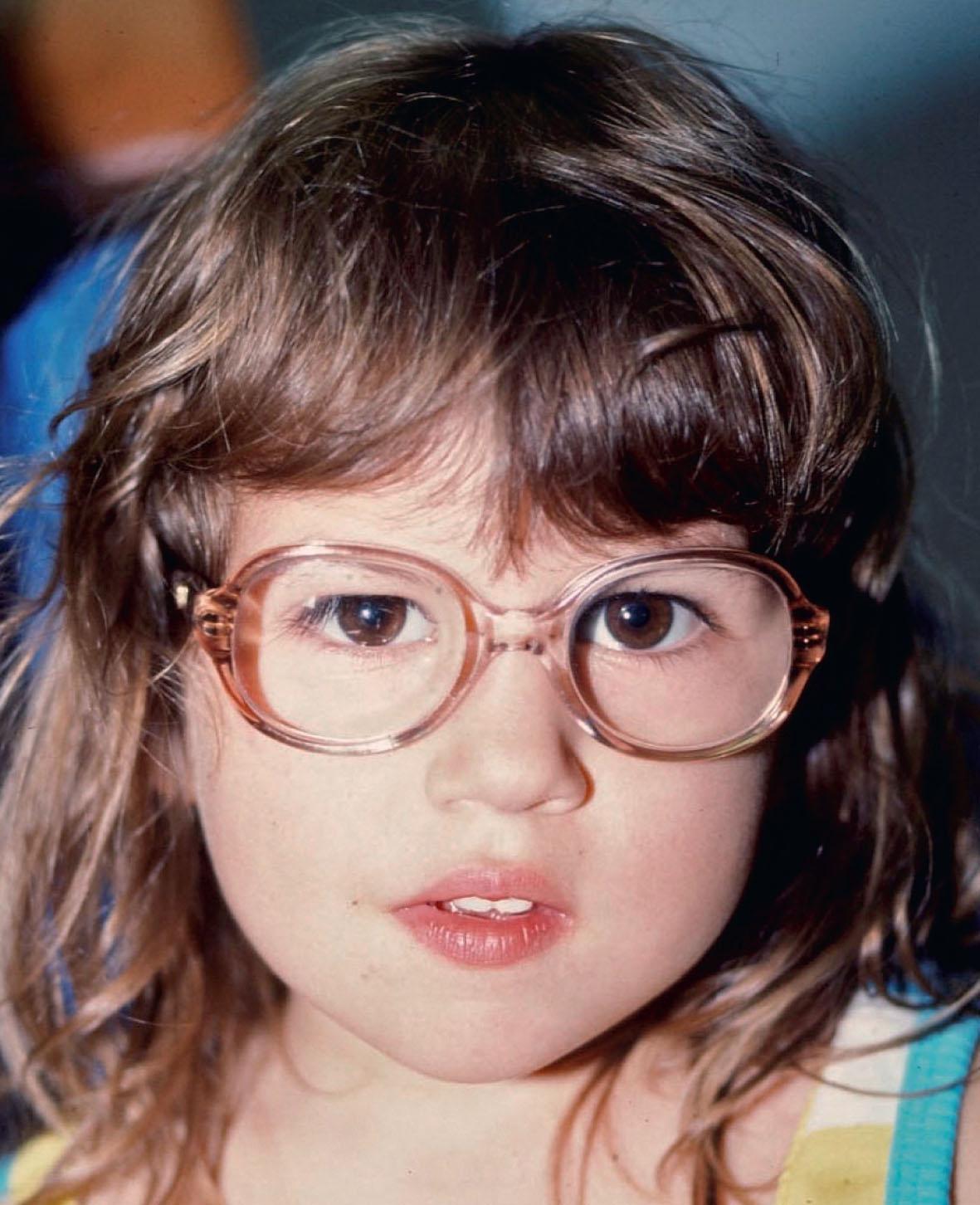Physical Address
304 North Cardinal St.
Dorchester Center, MA 02124
Accommodative esotropia describes an esotropia caused in whole, or in part, by the use of accommodation to clear vision in the presence of uncorrected hypermetropia. This association is widely attributed to Donders. Accommodative esotropia is one of the most common forms of childhood strabismus accounting for about a third of all strabismus patients in most studies in Europe and North America.
The typical onset occurs from 2 to 5 years of age, but may present earlier (“infantile accommodative esotropia”) or, less commonly, at a later age. Caregivers typically report crossing that is intermittent initially and most apparent when the child is fixing on a near object or when fatigued. With time, the crossing occurs more frequently and, without treatment, often becomes constant. Accommodative esotropia may manifest suddenly following a minor illness, trauma, or without any obvious precipitating event.
The most widely accepted classification of accommodative esotropia includes four distinct types:
Fully accommodative esotropia (refractive esotropia): those patients in whom the distance and near deviation are essentially equal and the esotropia is caused entirely by uncorrected hypermetropic refractive error. In one study, these patients had a mean age of onset of 3½ years and a mean refractive error of +4.75 D. These patients have a normal accommodative convergence to accommodation (AC/A) ratio and respond to correction of the full cycloplegic refractive error ( Figs. 78.1 and 78.2 ).


High AC/A ratio accommodative esotropia: those patients who have a significant near–distance disparity in the magnitude of the esotropia, with the deviation being at least 10 prism diopters (PD) greater at near than at distance. They typically have a younger age at presentation (mean 2.7 years old), and a lower degree of hypermetropia than patients with fully accommodative or refractive esotropia. They may have a normal hyperopic refractive error for age and little or no esotropia in the distance.
Refractive esotropia with high AC/A: this, arguably the most common type, has elements of both of the preceding types. These patients have a significant hypermetropic refractive error and some degree of high AC/A ratio that leads to a deviation that is greater at near than distance by at least 10 PD.
“Early-onset accommodative esotropia” or “infantile accommodative esotropia”: these terms refer to patients with fully accommodative esotropia presenting at a very early age. They may present with esotropia as early as 6 months of age and typically have very high hypermetropia and are more likely to have inferior oblique overaction.
Become a Clinical Tree membership for Full access and enjoy Unlimited articles
If you are a member. Log in here